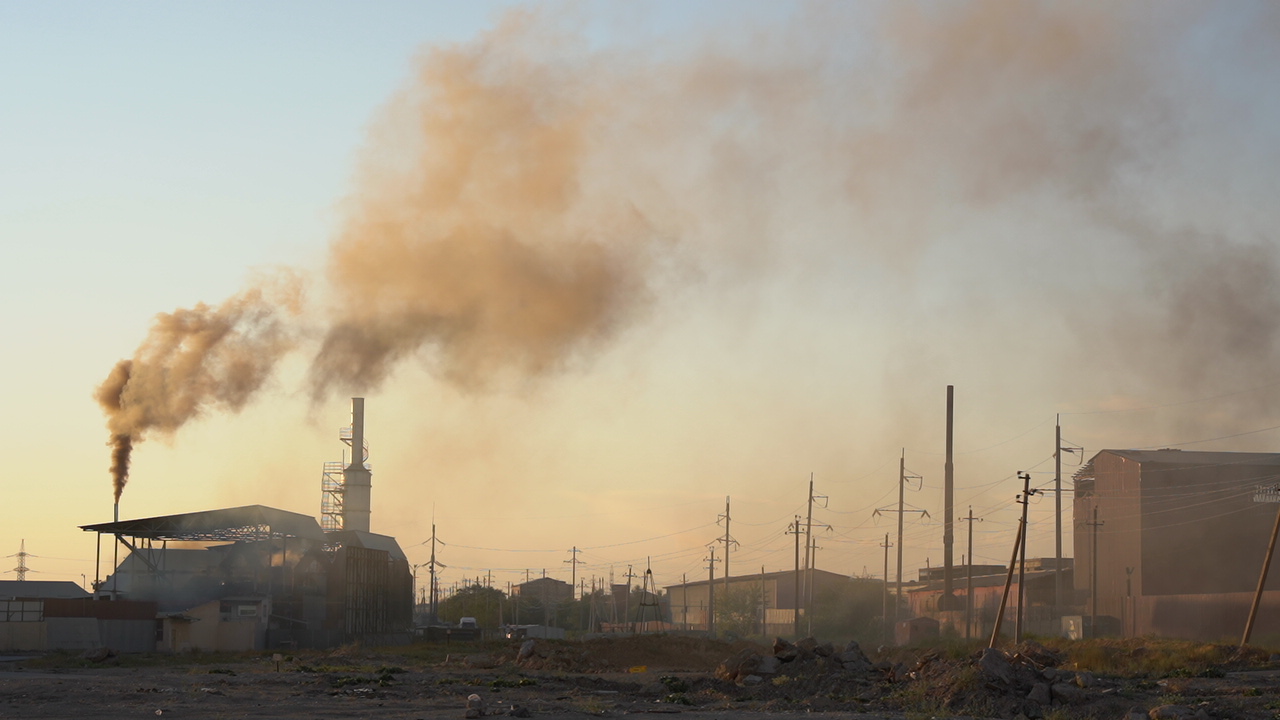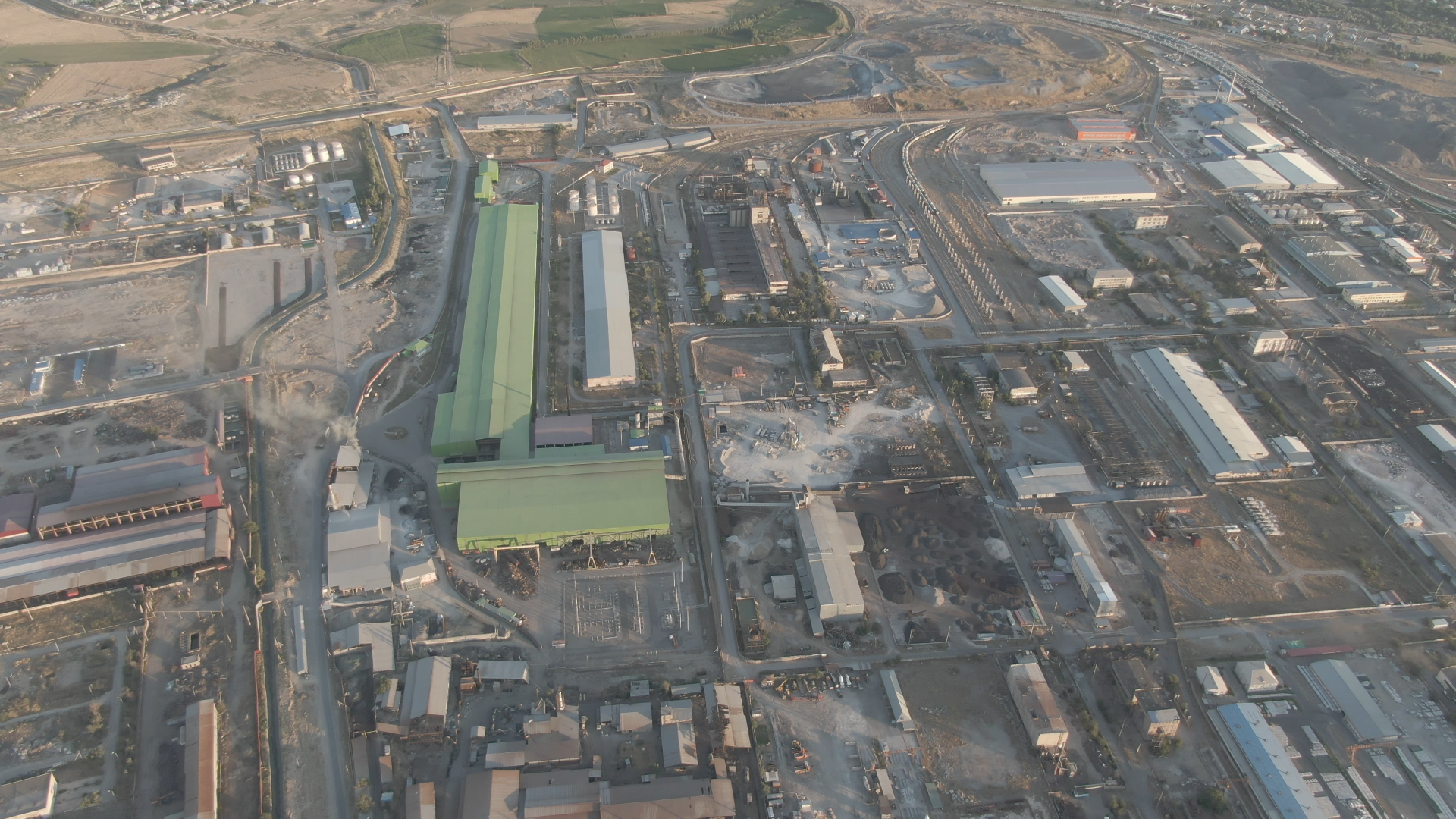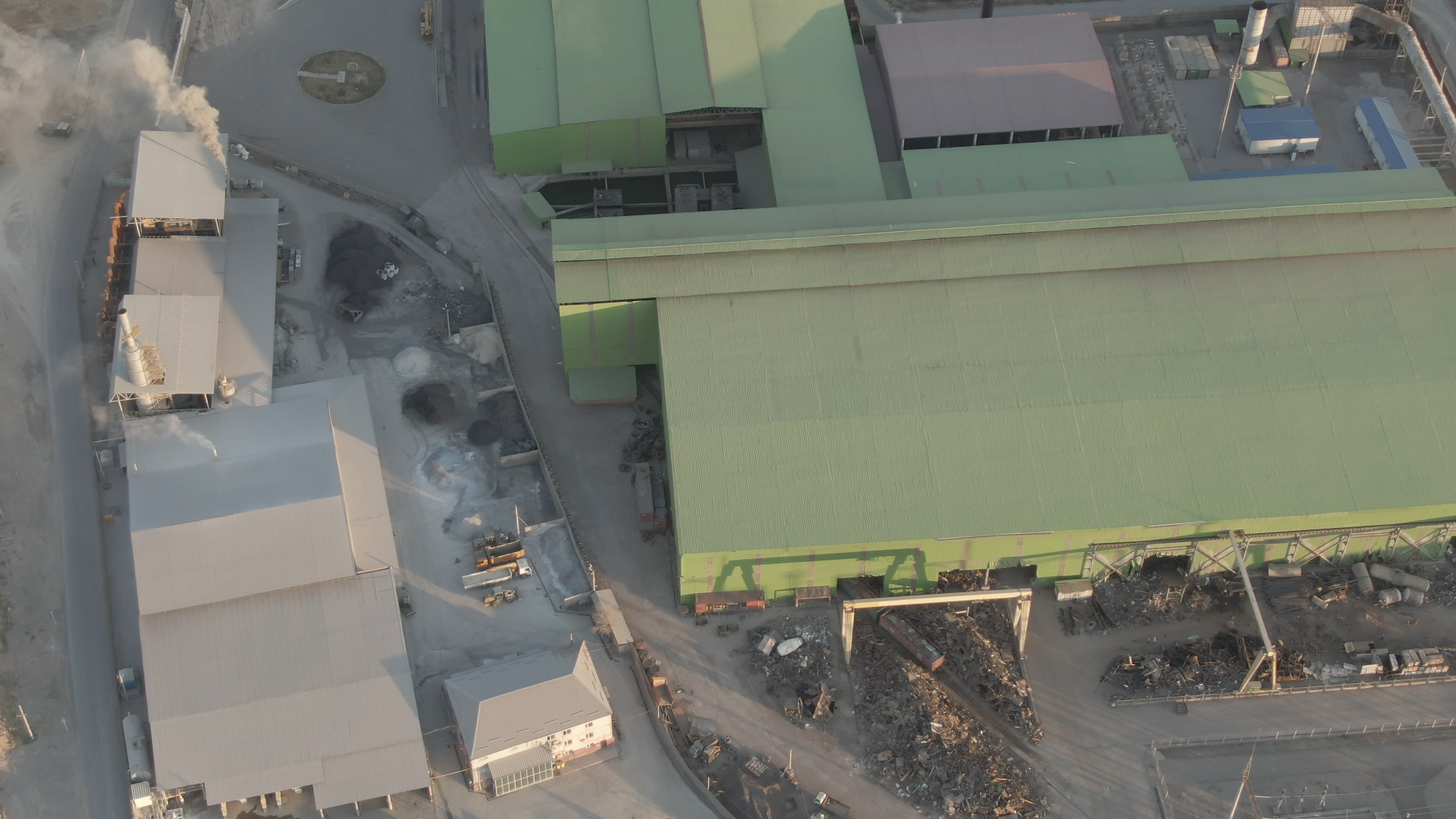
Sin Yuan Steel LLP
Status: operating (as of July 2022)

General information
Name: Sin Yuan Steel LLP(*)
Chinese name:
Location: Shymkent, Ontustik Industrial Zone, 30 Kapal Batyr Street (42°16’18.1″N 69°43’29.7″E)
Project type: metallurgy
Owner: Sin Yuan Steel LLP(*)
Main contractor(s): Amir-A LLP & Sin Yuan Steel LLP (30%), Urumqi Minhang Xinyuan (70%)(*).
Sources of financing: personal funds
Project Cost: $50 mln(*as of 02.04.2021)
Project Status: operating (as of July 2022)




Project Overview
In the second half of 2021, mention of the plant disappeared from the list of 52 projects
Sin Yuan Steel LLP steel and steel rolling plant was established on the basis of Kazakhstan’s “Amir-A” enterprise, which has been operating since 2000. In 2016, the Chinese party invested $50 mln in the plant and formed Sin Yuan Steel LLP. The Kazakh side became the owner of 13% of the plant, and the Chinese side, members of the Ke family – 87%. Investments in construction are personal funds(*).
During the reconstruction two complexes of 40-ton furnaces and three 30-ton furnaces were installed. The enterprise can produce up to 700 thousand tons of finished products per year – wire rod, angles, channels, rebar. Before the modernization the capacity was 50 thousand tons per year. The main raw material for production is scrap metal. Sin Yuan Steel LLP may become one of the largest enterprises in Shymkent, along with the oil refinery(*).
However, in the second half of 2021 the mention of the plant disappeared from the list of 52 projects (*on 29.09.2021) (*). This may be due to the scandal surrounding the plant. The Chinese investor claims that his Kazakhstan colleagues have raided the enterprise. The second party to the conflict strongly disagrees and considers the actions of one of the founders as sabotage(*).

Project impact

Air environment

Aquatic environment

Land resources

Plant and wildlife

Production and consumption waste
Source: Conclusion of the state ecological expertise on the working project “Construction of metallurgical plant with a railroad dead-end Shymkent city”,2021
Most of the gas cleaning systems operating in electric steel mills are not designed for qualitative removal of gaseous substances
Sin Yuan Steel’s plant is located in the Ontustik Industrial Zone. The plant will be melting metal continuously, around the clock and all year round. The industrial zone itself now has about 90 different industries, including 3 metal remelting plants. And there are already many complaints from the population from the nearby residential areas about odors and emissions at night from the zone. It is difficult for the state environmentalists to determine who exactly pollutes, as there are no automatic monitoring stations there. All environmental data now comes from polluting enterprises (*).
Non-metallic impurities contained in scrap metal are the cause of hazardous emissions. These emissions are products of combustion or other chemical processes with substances that enter the furnace with contaminated scrap metal. Their concentration in the flue gases is usually low, but they can pose a very serious hazard to people and the environment. Most of the gas cleaning systems used in electric steel mills are not designed to remove gaseous substances properly, which creates environmental problems if clogged scrap is used in the plant(*).
China began importing large volumes of waste in the 1980s, since then the country has become the world’s largest importer of recyclable materials. However, their recycling has been recognized as a cause of environmental pollution, and as a result, the Chinese government has announced its intention to phase out these imports in the future. Under this program, at the end of 2019, 16 categories of waste will be banned from entering the country, including stainless steel, titanium, zinc and magnesium scrap (imports of copper scrap are already banned))(*).
*Photographs taken by the “Just Journalism”

